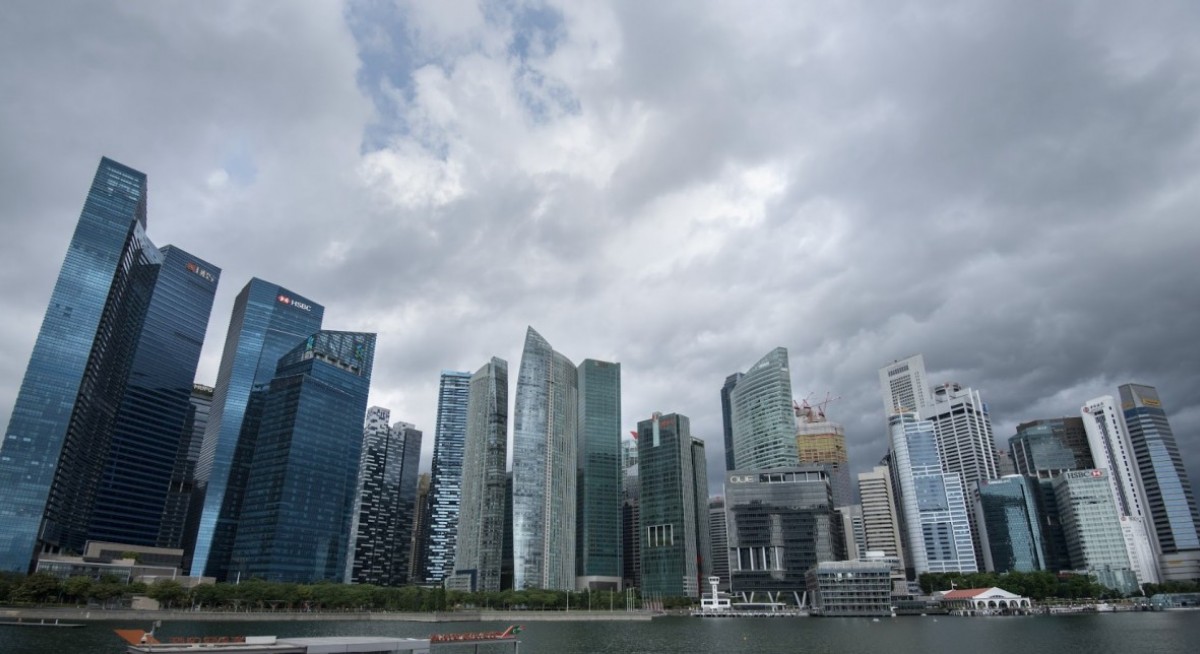Mortgage lending in Singapore grew at 5.2% in 2Q2025 to $284.3 billion, outpacing 2Q2024's level of 2.1% and faster than the 2024 and 2023's average growth rate of 3% and 2% respectively. This contrasts to broader banking sector loan growth of 3.5% in 2Q.
Mortgage Rates Have Fallen Sharply
Singapore Overnight Rate Average (SORA) has dropped sharply in 2025, to 1.47% from 3.49% a year ago, on abundant liquidity, safe-haven inflows and easing interest rates. Yet with no broad recession expected and a shallow Fed cutting cycle projected, further material downside in SORA may be limited on further rate cuts.
See also: UOB prices EUR850 mil worth of fixed rate covered bonds due 2030
Growing Fixed-Rate Mortgages to Be in Focus
Singapore banks are expected to increase fixed-rate mortgages with sound loan-to-value ratios in 2H to support net interest income given their favorable risk returns in the face of anticipated rate cuts. Despite stiff competition, pricing discipline will likely be maintained. Mortgage growth for 2025 is projected to be in mid-single digits for the lenders, backed by drawdowns from previously built healthy pipelines and increased borrowers' refinancing needs as rates fall. While macro risks – especially tariff uncertainties – could dampen buyer sentiment in the near-term, housing demand is expected to stay healthy due to easing interest rates and resilient employment conditions, supporting steady new mortgage bookings.
See also: Julius Baer books US$186 mil loss provision on property loans
OCBC's 9% year-on-year mortgage growth in 1H2025 beat the 5% average for the local bank peers.
DBS's Mortgages Least Vulnerable if Risks Rise
DBS would face lower potential credit losses on mortgages than local peers if macroeconomic risks from tariff-related uncertainties escalate and tip Singapore's economy into recession. As of 1H2025, the average probability of default (PD) of DBS's mortgages stood at 0.5%, the lowest among the three local banks. The probability of default is calculated using DBS's advanced internal ratings-based (AIRB) model, which all local banks use, and is based on Basel rules.
Singapore's lenders have maintained PDs at less than 2% on their mortgages, which represent a sizable share of total lending, and could continue to bolster their solid asset-quality profiles for mortgages on tight underwriting, low loan-to-value ratios, financially resilient households and macro-prudential steps to ensure a sustainable housing market locally.
DBS's Mortgages Least Vulnerable if Risks Rise
DBS would face lower potential credit losses on mortgages than local peers if macroeconomic risks from tariff-related uncertainties escalate and tip Singapore's economy into recession. As of 1H2025, the average probability of default (PD) of DBS's mortgages stood at 0.5%, the lowest among the three local banks. The probability of default is calculated using DBS's advanced internal ratings-based (AIRB) model, which all local banks use, and is based on Basel rules.
Singapore's lenders have maintained PDs at less than 2% on their mortgages, which represent a sizable share of total lending, and could continue to bolster their solid asset-quality profiles for mortgages on tight underwriting, low loan-to-value ratios, financially resilient households and macro-prudential steps to ensure a sustainable housing market locally.




